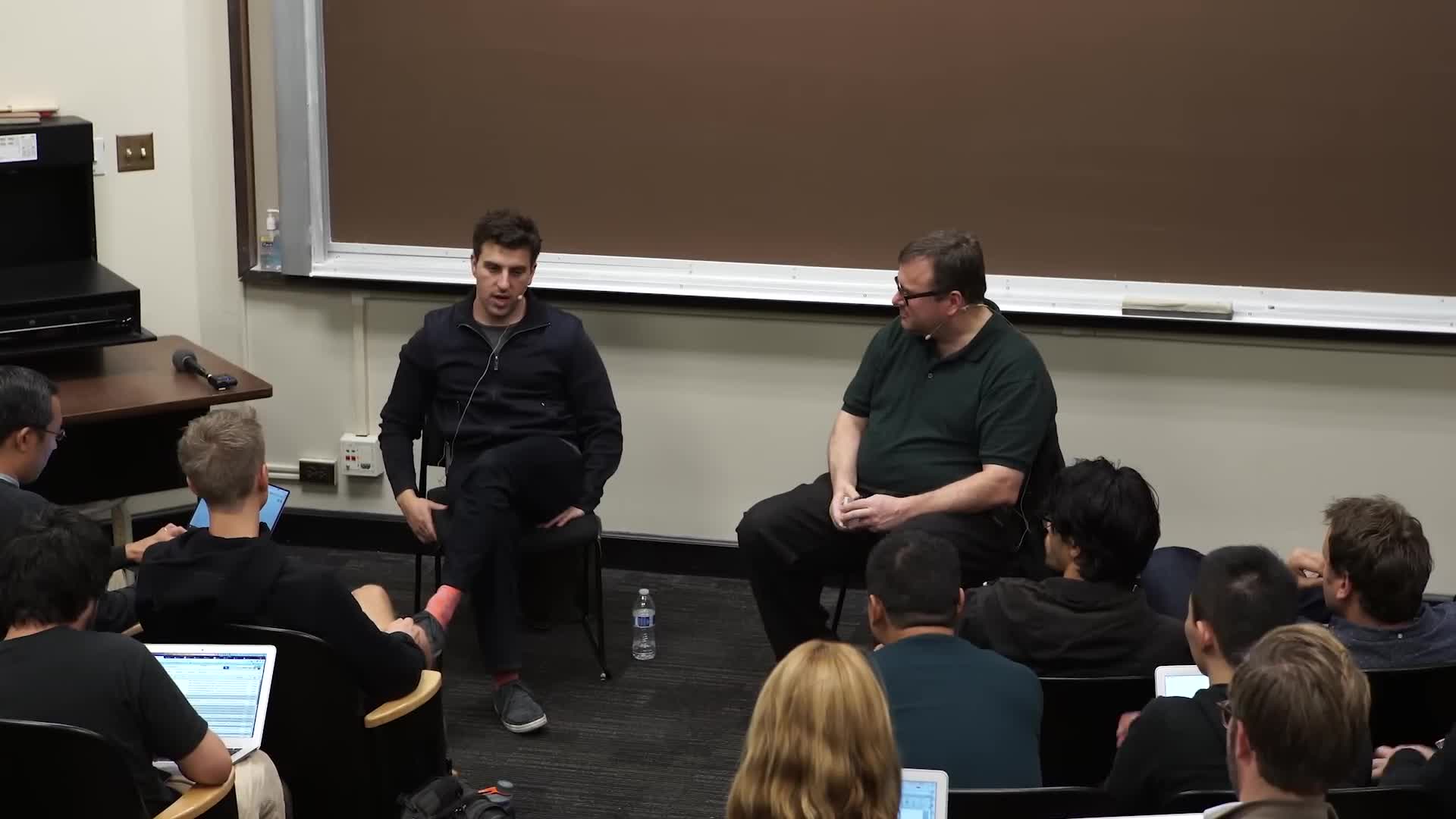Business Development
Business development is a crucial strategic process aimed at fostering long-term value for organizations through the identification of growth opportunities, the nurturing of relationships, and the expansion into new markets. This multifaceted approach involves various activities designed to improve business performance, including lead generation, strategic partnerships, and market research. As organizations increasingly seek sustainable growth, business development strategies have evolved to encompass not only traditional methods but also innovative techniques that leverage technology and changing consumer preferences. The relevance of business development in today’s market cannot be overstated, especially as businesses navigate complex environments characterized by rapid technological advancements and heightened competition. Notably, the integration of AI into business development processes has become a game-changer, enhancing productivity and streamlining lead generation, while also enabling firms to harness valuable insights from market data. Furthermore, the shift towards sustainability and the circular economy reflects a growing commitment among businesses to meet consumer demands for responsible practices, showcasing how strategic business development enhances both profitability and competitive advantage. As industries such as healthcare, renewable energy, and e-commerce experience rapid expansion, understanding the principles of effective business development becomes essential for companies aiming to thrive. This approach ensures not only the acquisition of new clients but also the cultivation of robust partnerships that can yield lasting benefits in a rapidly evolving market landscape.
How do you write an effective email to convince a client to work with you?
To write an effective client email, focus on creating content that inspires curiosity and encourages positive responses. Alessandro recommends two different email formats: a standard approach for general outreach and a more personalized version for dream clients. The key is conducting preliminary research about the client to demonstrate genuine interest in their work. Successful client emails should provide valuable insights and solutions rather than just making requests. Including specific observations about their business shows you've invested time understanding their needs. Tools like LinkedIn and Rocket Rich can help identify appropriate contacts. When crafted properly, these strategic emails significantly increase the chance that potential clients will respond favorably and agree to work with you.
Watch clip answer (00:37m)How do you switch from being a designer to becoming an entrepreneur?
In Brian Chesky's experience, the transition is less about switching careers and more about recognizing entrepreneurial traits you already possess. He explains that he was always creating things - projects, clubs, and initiatives - without labeling himself as an entrepreneur because he wasn't familiar with the term. The best way to become an entrepreneur is simply to start creating. Chesky emphasizes that practical experience trumps theoretical preparation - create a club, a product, or any initiative to build your entrepreneurial muscles. This hands-on approach naturally develops the skills needed for entrepreneurship, regardless of your original career path.
Watch clip answer (00:46m)What is a common misconception about the stages of building a company?
There's a misconception that starting a company simply involves having an idea that takes off, followed by managing growth. Brian Chesky explains that this glosses over multiple critical stages of company building. While stage one is relatively straightforward (solving a problem, doing things that don't scale, finding 100 people who love it, and having great co-founders), the subsequent stages (two through five) are actually equally or more complicated than the initial phase. For a strong foundation, he recommends having full-stack designers and engineers on the founding team.
Watch clip answer (00:39m)What is scaling in business?
Scaling in business is where the inflow of talent matches the inflow of customers. When a company grows beyond two or three people, effective scaling becomes essential. It requires an exceptional conversion process for attracting talent to ensure the organization can support customer growth. This balance between talent acquisition and customer growth is fundamental to sustainable business expansion and operational effectiveness.
Watch clip answer (00:13m)What is seed capital funding and who provides it?
Seed capital funding is the initial financial support provided to startups at their earliest stage of development. It's typically provided by family, friends, early shareholders, and angel investors. Angel investors are particularly important as they invest their personal money in exchange for equity while often bringing valuable experience and connections that can be as valuable as their financial contribution. This funding helps bridge the gap between having an idea and actually starting to build a business by covering essential expenses like market research, prototype development, and legal costs.
Watch clip answer (01:41m)How can businesses effectively grow and succeed online?
Businesses succeed online by understanding and testing their market response. Rather than assuming a product or service will work, entrepreneurs should validate through test marketing first. If customers respond well, expand the offering; if not, adjust accordingly. Business is fundamentally customer-based, requiring entrepreneurs to meet customers where they are post-COVID. Success comes from understanding your audience, providing value upfront (like free webinars), and building trust before selling. The market's response is the ultimate indicator of a business model's viability in the online space.
Watch clip answer (03:00m)




